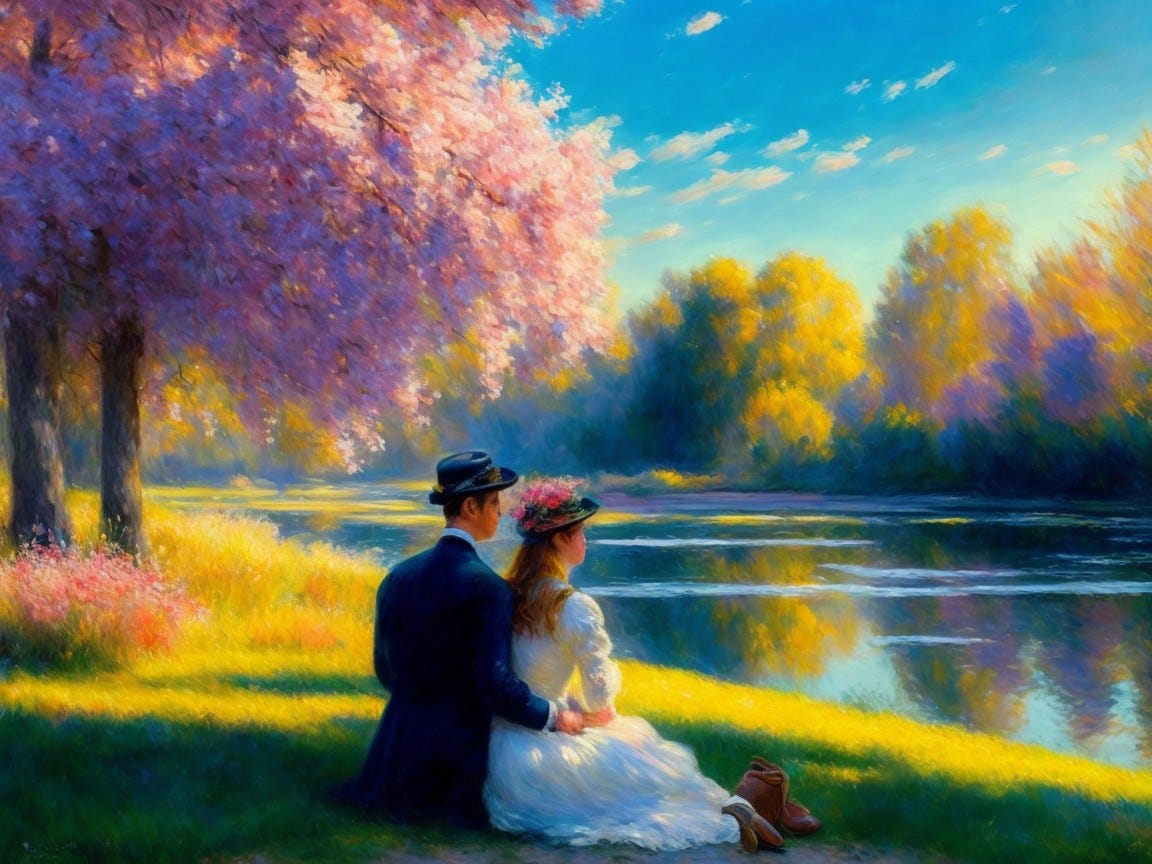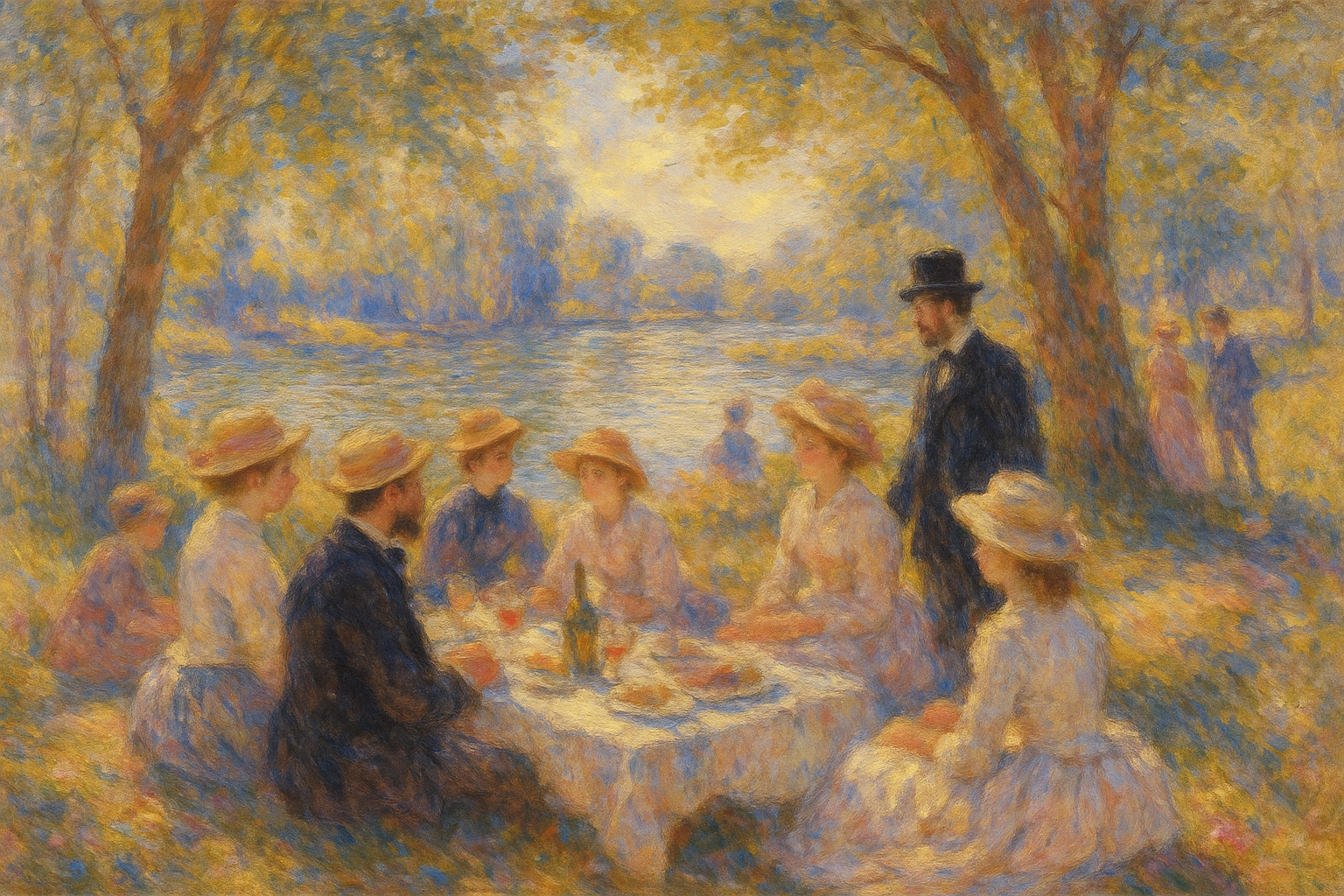
There comes a time in every website owner’s life when they must confront their destiny: fixing the WordPress contact form. It starts innocently enough. A visitor says, “Hey, I tried to message you through your site, but it didn’t work.” You shrug, thinking it was user error. But then someone else says the same thing. You check your inbox. You refresh. You check your spam. Nothing.
Congratulations, you’ve been ghosted — by your own website.
The Five Stages of WordPress Form Grief
1. Denial: “My form works perfectly. I tested it six months ago.” You say this confidently, like someone whose oil light has been on for a year. You tell yourself the plugin devs must have tested everything. After all, they have a logo and everything.
2. Anger: “WHY are there SIXTEEN plugins just to send an email? WHY does each one require a PhD in SPF, DKIM, and WTF?” You begin shouting at your screen like it’s a Zoom call with your in-laws. Spoiler: it doesn’t help.
3. Bargaining: You disable Akismet. You try a different SMTP plugin. You switch themes. You light a candle. At one point, you uninstall Jetpack just to see what happens. The form now sends emails — but only in Sanskrit, to an address you haven’t used since 2009.
4. Depression: You’re now knee-deep in debug logs, drowning in PHP notices about deprecated functions. You start to wonder if life was better before you tried to make a custom dropdown labeled “What kind of potato are you?”
5. Acceptance: You finally break down and connect it to an external service like Formspree or WP Mail SMTP because you just want to know if Karen actually does want to book a consultation or if she was just messing with you.

Why Is It Like This?
Here’s the problem: email is a diva. Sending email seems easy, but your server isn’t Beyoncé. Between spam filters, DMARC records, rate limits, and plugin spaghetti, getting a simple “Thanks for your message!” to arrive in someone’s inbox is basically an act of divine intervention.
Plus, form plugins are like IKEA furniture: deceptively simple until you realize you’re missing a crucial component called “sendmail” and the SMTP configuration is written in Norwegian.
Real Problems, Real Drama
- Your hosting company blocks outgoing mail by default. Of course they do. It’s in paragraph 43, subsection C of your welcome email that you didn’t read.
- Your form plugin works, but only if visitors sacrifice a goat and use Microsoft Edge.
- You accidentally created a form that does send messages… to your server log, where no one can ever find them again.
What Actually Works
Here’s the semi-sane combo:
- Use WPForms or Fluent Forms (less bloat, more zen).
- Pair with WP Mail SMTP and set it up with a proper mailer like Gmail, SendGrid, or Mailgun.
- Confirm your SPF, DKIM, and DMARC settings with a tool like MXToolbox.
- Test like a paranoid raccoon. Use Mail-Tester to see how spammy your setup looks.
- And for the love of Gutenberg, keep plugins updated or the next form submission might be a malware payload titled “New Inquiry.”
The Golden Rule of WordPress Forms
If it ain’t broke, don’t update it unless you want to spend your weekend reading plugin changelogs and shouting “WHY IS IT REDIRECTING TO A PDF OF A LIZARD?”
And always — ALWAYS — check if the form field labeled “email” is actually being used as the sender address. Because nothing says “pro web dev” like getting an email from: noreply@undefined.unknown.wtf
If you’ve survived fixing a WordPress form and lived to tell the tale, drop a comment below and share your horror story. Misery loves company. Also, follow for more tales from the front lines of web development — where the bugs are real, the support tickets eternal, and the forms? Mostly broken.

Art Prompt:
Impressionist scene inspired by Pierre-Auguste Renoir, evoking the dreamlike ambiance of an outdoor afternoon gathering. Gentle brush strokes capture softly glowing sunlight filtering through swaying trees, illuminating figures in elegant attire enjoying a riverside picnic. The color palette is rich with pastels — pale blues, rosy pinks, and creamy whites — contrasted by warm golden accents. Light dances across the canvas in shimmering reflections, and the entire composition feels like a fleeting memory of summer warmth, joy, and conversation, blurring the line between observation and emotion.